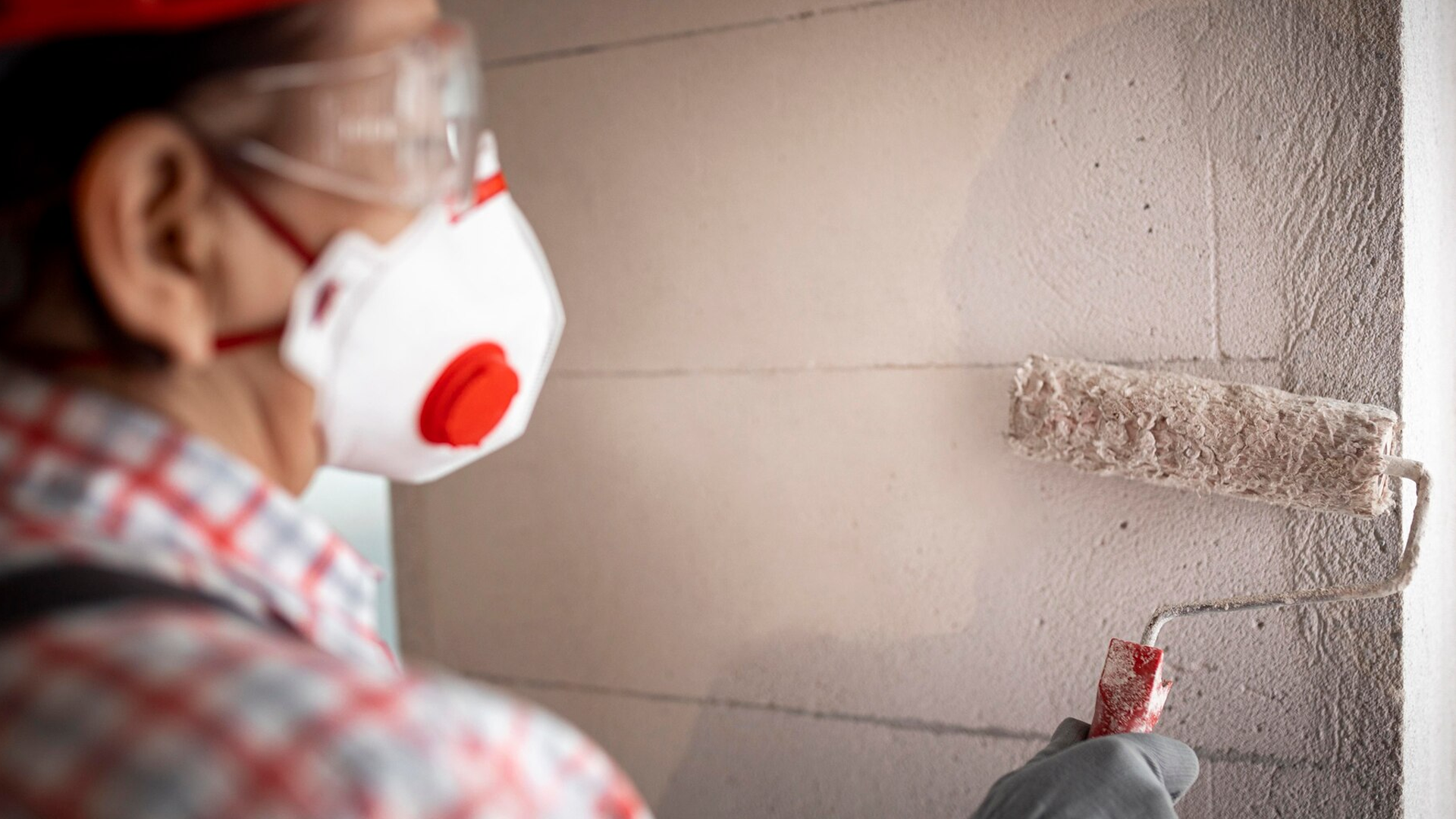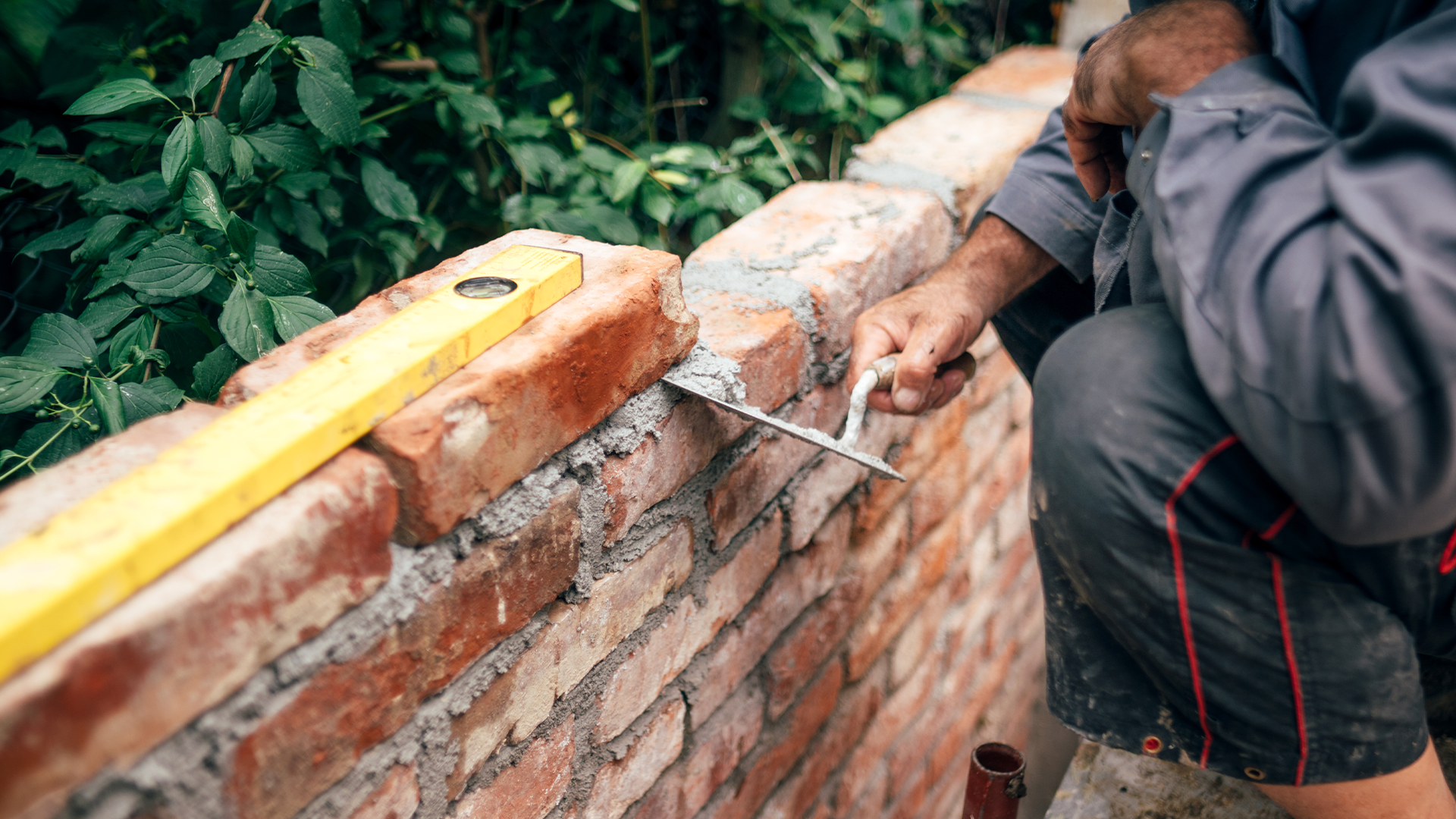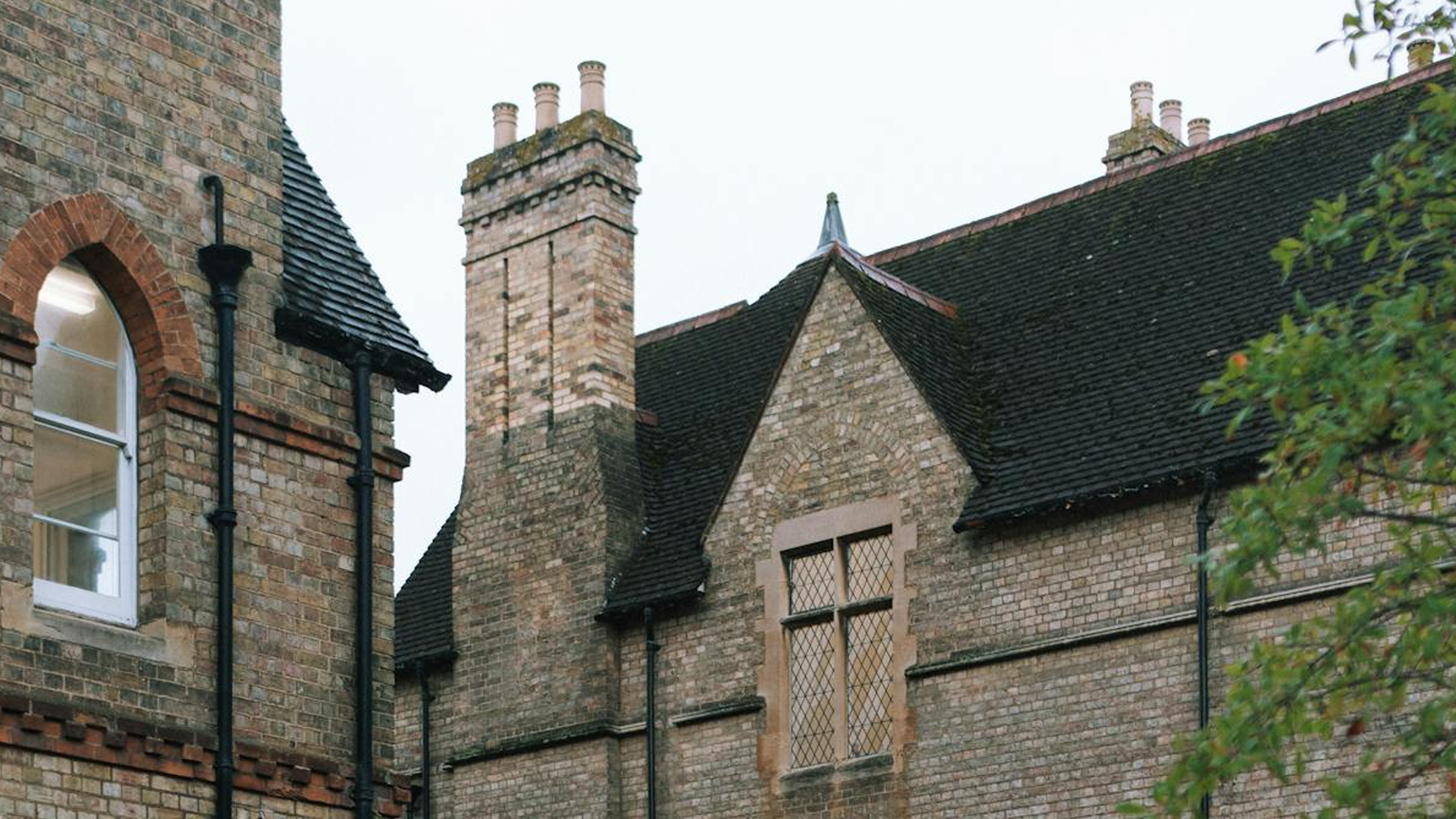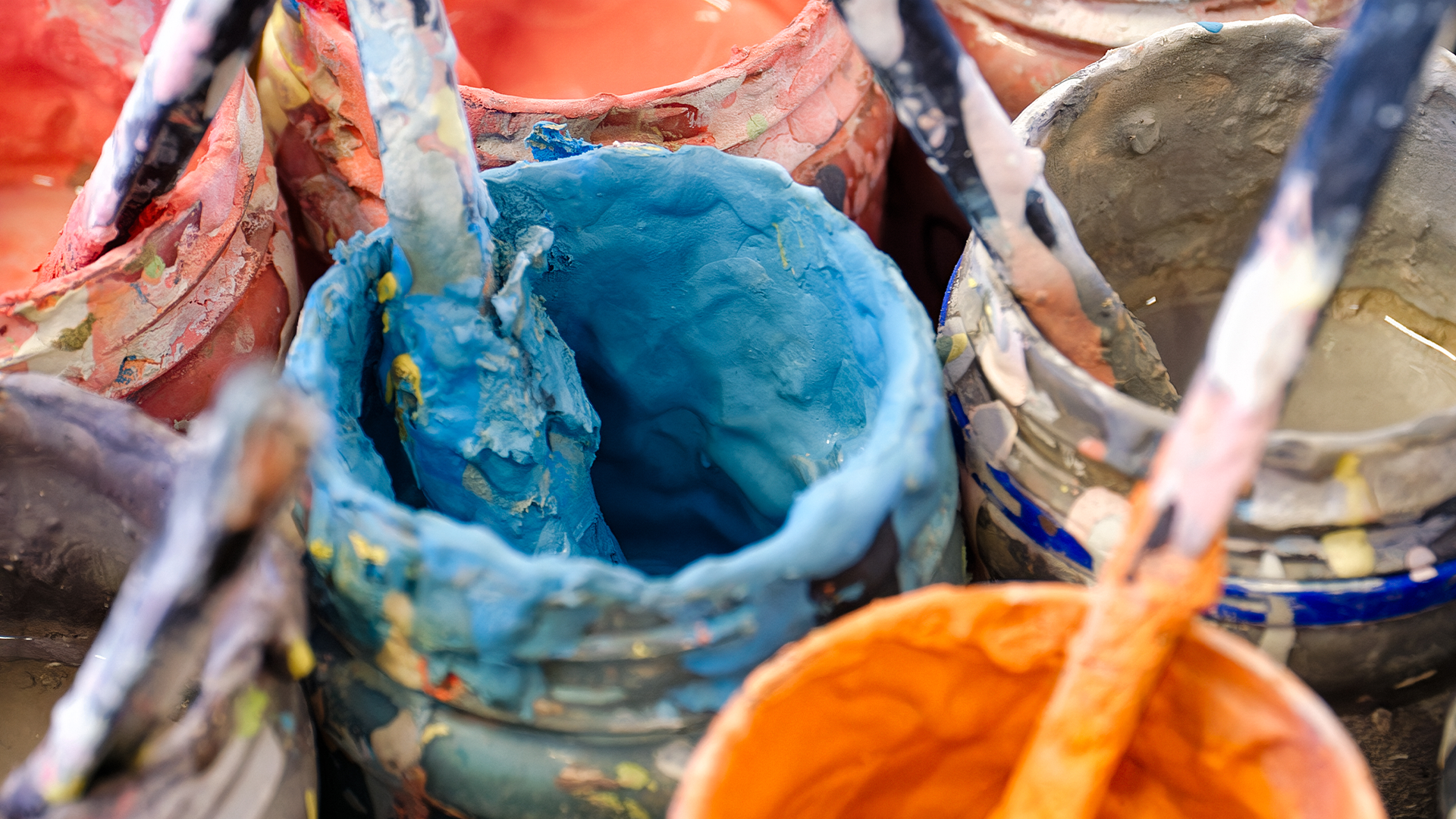Reviving Victorian Enigma with Modern Restoration Techniques
In the intricate designs and identities, a Victorian house gives their beholders a chance to stare. Tall sash welding, ornate cornices, and rich detailing are what define a Victorian building. Yet underneath their beauty often lie hidden troubles. Harsh weather and an age and history of construction methods and materials that have little footing in current practices all contribute to the need for careful restoration. The guide discusses mortar repair, external wall insulation, rendering, and maintaining damp and mould-free walls.
The Art and Science of Mortar
A trusted mortar should build durability, bond bricks, and protect them. With time, the mortar ages and decays, resulting in cracks and infirmities. Restoration is, thus, pertinent for maintaining the steadiness of a Victorian abode. Selection is a combination of heritage with modern elements. Breathability is provided by lime mortar, while more recent blends contain elements of modernity.
It is important that such an original mortar match for both external and functional purposes. Delicate removal of old mortar saves the structure of the wall. The new mortar not only holds bricks in place but also revives the beauty and skill of darned days.
External Wall Insulation: A Modern Upgrade
To insulate outside walls, one would keep the building wrapped in a protective layer that makes energy efficiency and protection possible. Such energy-saving practices bring down expenses, make a household comfortable all through the season, and cater specifically to older houses that do not possess any modern energy standards. It also stops dampness, checks moisture, and reduces condensation, keeping it practically effective.
The steps involved include applying adhesive, putting up insulation boards, and finishing off with render for weather-proofing. The transformation is so excellent in that it is an aesthetic, structural, and performance improvement without overwhelming the original architectural beauty.
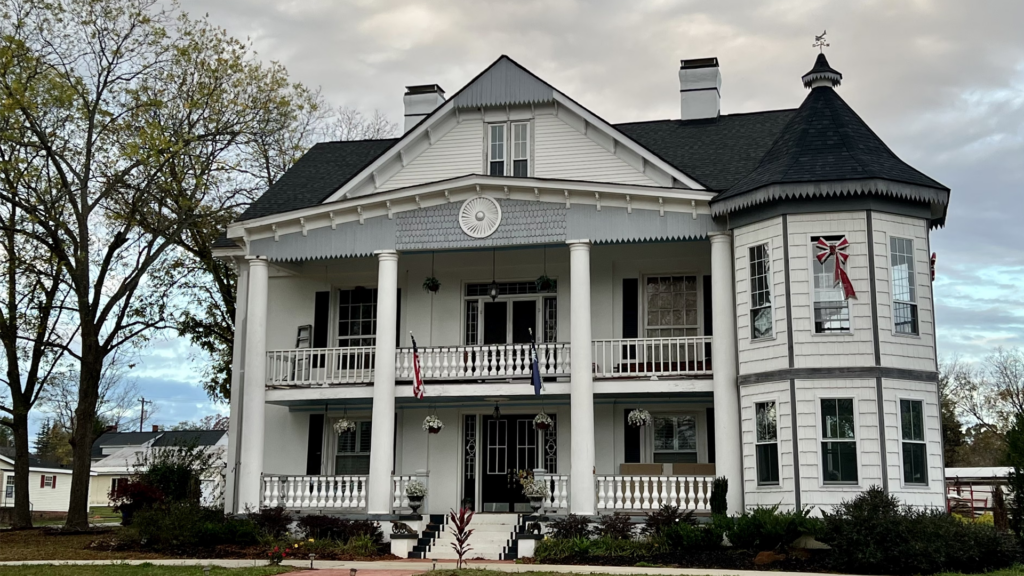
Rendering Explained: What Does Render Mean?
Rendering often sparks curiosity. The basic render meaning is to coat a wall with a mixture in such a way as to provide a smooth, finished aspect. This process involves ‘skimming’ over brickwork and other surfaces with products whose bases are cement or polymer, that is, non-mortar mixtures that have a bonding agent. The result is a layer that not only protects but also enhances durability and visual appeal.
Newly-rendered walls can renew the look of an old exterior. Render will disguise blemishes and deliver a clean, modern finish without obliterating the face of history. It is thinly and evenly applied after mixing materials. Allowing the render to set properly is fundamental to a lasting finish.
For Victorian homes, the rendering is considered to be a kind of balancing act. Moisture entry is important. The breathable renders work wonders to help the trapped moist escape freely. The rendering should always be perfect to enrich the home without compromising its historic value.
Damp Seal Paint: The Protector of Walls
Damp seal paint protects moisture. It is expressly formulated to avert dampness and to stop rain from penetrating walls. But this painting is not merely for beauty; it serves as another bulwark for protection that prolongs the life of the structure.
Damp seal paint has various finishes. The product is durable and resistant to fire and weather. The paint allows enough breathing of walls while resisting moisture accumulation. It becomes most effective in regions with high humidity or consistent rainfall.
The application process is simple. The surface is properly cleaned before any loose render is removed. Then, it is painted with a coat of damp seal paint, which creates a solid barrier against water penetration. The result: a wall that remains both beautiful and strong.
Conquering Mould: How to Get Rid of Mould on Walls
Mould on the walls is very ugly and harmful to the indoor air quality. Prevention is the best way to prevent the accumulation of mould, especially for old houses where moisture and decaying materials have enough time to settle. There is a systematic method to remove mould from surfaces.
First, you identify the source of the moisture. For instance, leaking pipes, poor ventilation, or ineffective insulation can be the causes. Once identified, you remedy the defect thus discovered. Always use safety precautions when cleaning the mould. This includes protective gear such as gloves and masks so as not to inhale spores.
Dilution of bleach or strong commercial mould removers clears the surface from mould. Soft brushes are excellent at scrubbing away stains of mould without destroying the underlying surface. The surface should be completely dried afterwards before applying a damp seal paint as a final touch to the work.
If you maintain the walls dry and clean, you can keep mould under control. Regular maintenance- cleaning, and timely repairs- make much difference. Proper care and attention mean that mould has no chance whatever happens.
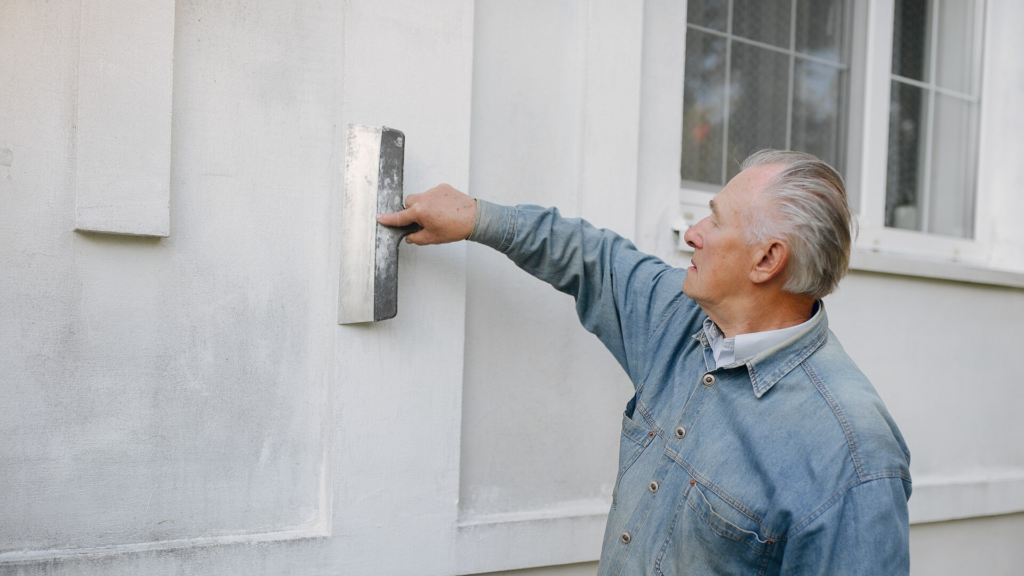
A Step-by-Step Restoration Summary
Explore these effective steps blending traditional craftsmanship with modern techniques, ensuring Victorian home restoration:
Step 1: Repairing Mortar and Brickwork
Commence with careful mortar refilling. Restructuring an authentic old brickwork with a matched mortar is historical. After this, the bricks hold firmly, and the entire structure remains true to the original design. Traditional techniques, together with modern methods, secure the legacy of the building.
Step 2: Installing External Wall Insulation
Modernisation, such as external wall insulation, indeed contributes to comfort and efficiency. Apart from those, insulation also lessens energy costs and shields the home from damage that might be caused by moisture or the harsh effects of weather. The modern upgrade makes a barrier, keeping the inside cosy in winter while also maintaining coolness in summer.
Step 3: Applying Rendering for a Clean Finish
Rendering transforms walls by creating an even smooth finish that is resistant to weather conditions. A new layer of render will now cover the flaws and also act as extra protection. It has all the elements of mixing high-class style and modern performance into a beautiful home that can withstand time.
Step 4: Damp Seal Paint and Maintenance
Damp seal paint further protects the interior areas against moisture getting in. This super layer keeps moisture from penetrating walls and protects against the growth of mould. Regular clean-up and maintenance would ensure fresh and healthy air throughout the restoration process.
Conclusion
The art of home restoration blends tradition and progress. Victorian houses deserve preservation that honours history while embracing innovation. Mortar repair, external wall insulation, rendering, and damp seal paintwork to protect and enhance these structures. Meticulous quality and attention to detail transform decay into renewed beauty, unlocking secrets within old walls and creating a blend of heritage and modernity.
